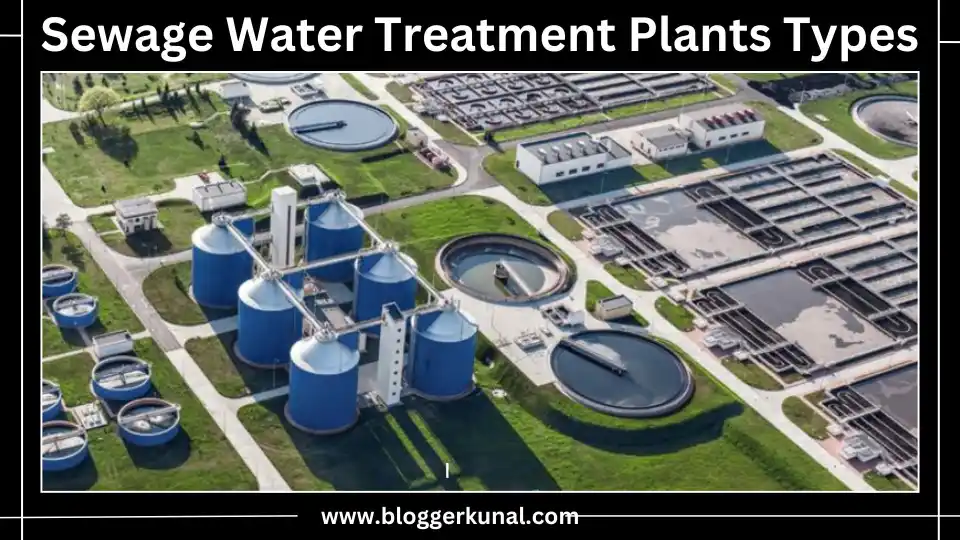In India, sewage treatment plants are a necessary requirement. They have become quite well-known all throughout India as a result of their excellent work. It was not until sewage treatment plants were established throughout India’s many areas that the seriousness of water contamination became apparent. Currently operating sewage treatment plants in the nation fall into various types.
Every kind of sewage treatment plant is designed with a particular function in mind. The development of technology has given us a variety of options for addressing the problem of water contamination. Reusing water is made possible by sewage water treatment processes, which also contribute to a clean and toxic-free environment.
Read More: Top 10 Wastewater Treatment Companies In India
Batch Reactor Sewage Plant Sequencing
India’s sewage treatment plants facilities have quickly become successful. Water conservation and pollution control are recognized as essential at the national level. We now possess a multitude of concepts and techniques to effectively address water pollution.
Read More: 5 Best Sewage Treatment Plants (STPs) In India
The Sludge-Sewage Treatment Reactor
The highly active wastewater curing process known as Sequencing Batch Reactors, or SBR, uses the activated sludge treatment approach. The fitted tanks facilitate the transfer of oxygen through activated sludge and sewage. The procedure lessens the water’s organic content saturation. After treatment, the wastewater is fit for usage as surface water or on land. The amount of water that needs to be treated and the plant’s capacity determine how long the aeration process will take.
Read More: Top Solar Power Plants In India
Depending on the amount of dirt buildup, one or several tanks may be used during the process. With the help of the tanks’ “flow-through” system, effluent can enter one end and exit the other while being cleaned in between. The SBR process, which helps to cure water and make it suitable for consumption, consists of five main phases.
Phosphorus, nitrogen, and other bacteria and microbes found in water are eliminated by the SBR process.
Read More: Top 10 Real Estate Developers In Goa
Benefits of SBR Treatment Facilities for Waste
- It provides outstanding maintenance and function versatility.
- Delivers flawless therapeutic effectiveness
- One reactor vessel can be used to complete several processes, including equalization, biological treatment, and first and secondary classifications.
- Generates electricity from biogas
- A small tank reduces the amount of room needed for wastewater purification.
- Is economical (low operating costs)
Read More: Top 10 Real Estate Developers In Ghaziabad
Membrane Bioreactor Sewage Plant
The Membrane Bioreactor Sewage Plant MBR is the next item on the list. Membrane biology is the mechanism via which the MBR operates. A biological wastewater treatment technology called activated sludge is used with either microfiltration (MF) or ultrafiltration (UF) techniques. The primary purpose of the MBR sewage treatment method is to purify industrial and municipal wastewater.
The MBR system is divided into complex screening headworks, multiple membrane zones, and ten to eleven subsystems. The main job of the membranes is to filter out organic materials from water. Activated sludge functions’ clarifiers and filters are frequently used to aid in this process. The membrane zone is the first stage of pollutant weakening. Then, a number of membrane screens are used to separate these pollutants.
Read More: Top Real Estate Developers In Haryana
Benefits of Putting an MBR System to Use
- Generates excellent effluent
- It doesn’t require a lot of room.
- Retrofitting is simple.
- Permits India’s outdated sewage treatment plants to be modernized
- Provides improved biotreatment
- Erasing sludge is less expensive.
- Sand filtration is not required.
- Simple to employ
The sophisticated but cutting-edge technology of MBR has made it a well-known sewage water treatment technique. In addition, because it just employs membranes, its operating costs are also rather minimal. Currently acknowledged as one of India’s most effective sewage treatment facilities is MBR.
Read More: Best Real Estate Developers In Pune
Biofilm Reactors that are Mobile in Sewage Treatment Facilities
In the late 1980s, sewage treatment technology known as the Moving Bed Biofilm Reactor was established. In order to carry out the MBBR process, an aeration tank containing plastic transporters loaded with wastewater is needed. This process aids in the beginning of the biofilm’s creation. The density of the carriers and the water are equal. Sludge recycling is ideal for activated sludge activities. It is not, however, the same as the MBBR procedure. It is thought to be a better method than other created, conventional strategies.
Read More: Most Famous Real Estate Companies In Noida
Benefits of Implementing an MBBR System
- Complete elimination of solids
- Less room is needed for smaller portions.
- Provides increased process stability
- Provides increased treatment volume
- Periodic backwashing is not required.
Read More: Best Real Estate Companies In Gurugram
